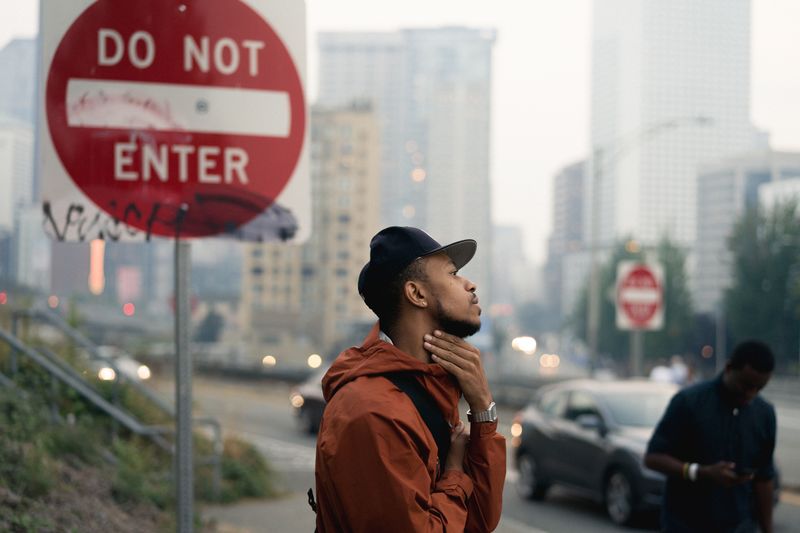9 Simple Techniques For Street Photographers
Table of ContentsFascination About Street PhotographersStreet Photographers Fundamentals ExplainedThe 25-Second Trick For Street PhotographersThe Ultimate Guide To Street PhotographersSome Known Details About Street Photographers
A style of digital photography that records day-to-day life in a public location. The very publicness of the setting makes it possible for the professional photographer to take candid photos of unfamiliar people, typically without their understanding. Road digital photographers do not necessarily have a social purpose in mind, yet they like to isolate and record moments which could or else go unnoticed (Street Photographers).Though he was influenced by a number of those that influenced the street digital photographers of the 1950s and '60s, he was not primarily interested in recording the spirit of the street. The impulse to aesthetically document people in public started with 19th-century painters such as Edgar Degas, douard Manet, and Henri de Toulouse-Lautrec, that worked side by side with digital photographers attempting to catch the significance of urban life.
Due to the fact that of the relatively primitive modern technology available to him and the long exposure time called for, he struggled to catch the pressure of the Paris roads. He explore a collection of photo approaches, attempting to find one that would certainly allow him to catch motion without a blur, and he found some success with the calotype, patented in 1841 by William Henry Fox Talbot. While the digital photographers' subject was basically the exact same, the results were substantially different, showing the impact of the digital photographer's intent on the personality of the images he created.
Offered the fine quality of his pictures and the breadth of material, designers and artists commonly acquired Atget's prints to make use of as referral for their own job, though business rate of interests were rarely his main inspiration. Rather, he was driven to photo every last remnant of the Paris he enjoyed.
The smart Trick of Street Photographers That Nobody is Talking About
They disclose the city with his eyes. His work and basic understanding of digital photography as an art form functioned as motivation to generations of professional photographers that followed. The following generation of street digital photographers, though they likely did not describe themselves as such, was introduced by the photojournalism of Hungarian-born professional photographer Andr Kertsz.
Unlike his peers, Brassa used a larger-format Voigtlnder cam with a much longer exposure time, requiring him to be extra calculated and thoughtful in his method than he could have been if using a Leica.
Cartier-Bresson read here was a champion of the Leica cam and among the first professional photographers to optimize its capabilities. The Leica allowed the digital photographer to interact with the surroundings and to catch minutes as they took place. Its relatively tiny dimension also helped the professional photographer discolor right into the history, which was Cartier-Bresson's recommended method.
The 10-Minute Rule for Street Photographers
It is due to this essential understanding of the art of picture taking that he is usually credited with discovering the medium throughout again roughly a century since its development. He took photographs for greater than a half century and influenced generations of professional photographers to trust their eye and instinct in the moment.
These are the questions I shall attempt to address: And after that I'll leave you with my own interpretation of street photography. Yes, we do. Allow's start with specifying what an interpretation is: According to (Street Photographers) it is: "The act of defining, or of making something guaranteed, learn this here now distinct, or clear"
No, definitely not. The term is both restricting and misinforming. Seems like a road digital photography need to be images of a streets ideal?! And all road professional photographers, with the exception of a handful of absolute novices, will totally value that a road is not the essential component to road digital photography, and really if it's an image of a street with maybe a few uninteresting individuals not doing anything of rate of interest, that's not street digital photography that's a picture of a road.
The Basic Principles Of Street Photographers
He makes a legitimate factor don't you think? However, while I concur with him I'm uncertain "honest public digital photography" will certainly capture on (although I do kind of like the term "candid photography") because "street photography" has been around for a long time, with many masters' names affixed to it, so I think the term is below to stay.
Inside?! I hear you yell as you shake your clenched fist to the skies. Why not? You can contend the beach, at a festival, in an alley, in a park, in a piazza, in a cafe, at a museum or art gallery, in a city terminal, at an event, on a bridge, under a bridge ...

Some Of Street Photographers
